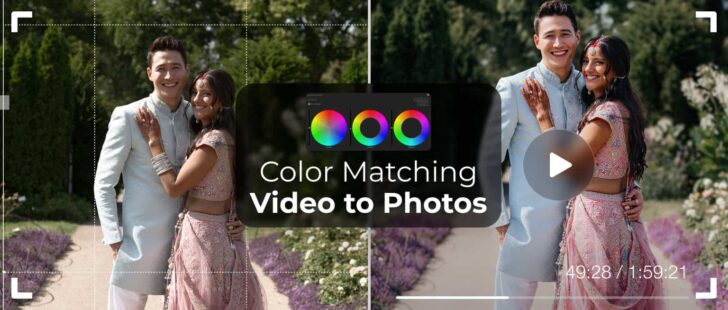Winter is a wonderful time for beautiful wedding shots. Although weddings are not particularly popular at this time of year, many couples find the white fluffy snowflakes attractive, and the fabulous forest beckons with its sparkling branches.
A wedding film is a fairy tale about love, and it secures memories of the happiest moments of a lifetime. It includes not only scenes from the ceremony but also shots from the wedding day, including the outdoors. For your wedding video to look natural and harmonious, all video makers need to know the secrets of winter wedding videography. We have come up with 8 basic tips for all videographers that will help them turn their winter shooting into an unforgettable storybook romance.
1. Location selection
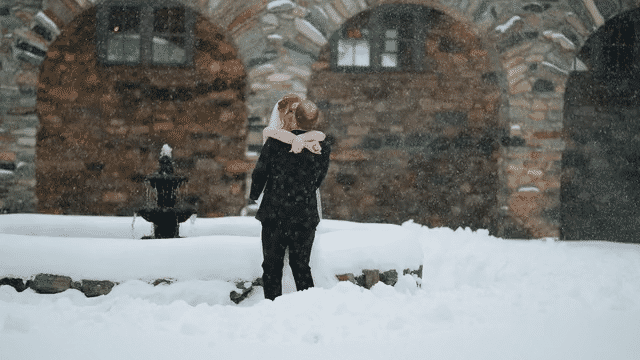
Location is of great importance for the wedding film’s atmosphere. Choose places that will convey the winter mood and add maximum natural aesthetics. For example, snow-covered parks and forests, undulating seas and oceans, cliffs and coasts. Wild winter nature provides the perfect backdrop for your footage and adds a dynamic mood to the whole film.
Use all the advantages of the winter setting for your wedding film. It can be at the ice rink, near the New Year tree, or in a festively decorated shopping center.
However, shooting in such weather can be challenging, and requires additional preparation. Warm blankets, warm drinks, and warm footwear should all be on hand throughout the process.
2. Adjust the light
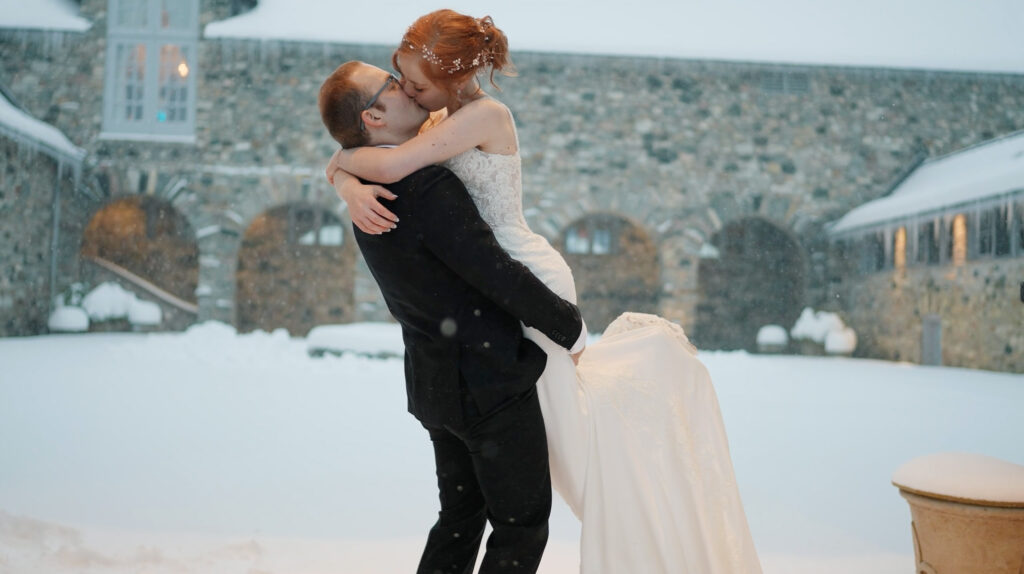
The main advantage of shooting in winter is the beautiful and soft light. The snow underfoot acts as a natural reflector, casting the sun’s rays from the bottom up, flooding everything around it with a gentle light. Unfortunately, such bright light has a downside: if you’re shooting outdoors in bright light and there’s a lot of snow on the ground, you’ll likely find your footage overexposed.
To avoid this, be sure to make adjustments to the camera by increasing the exposure value by at least 10-15%.
3. Right time
A winter day is shorter than a summer day, so shooting should start as early as possible in order to finish around 3 p.m. After 3 p.m. the light may not change in your favor. You will have to try a variety of camera settings to even out the balance of white and black so your footage doesn’t come out too dark and gloomy.
4. Additional color

White, black, and winter shades of blue can look pretty stylish but sometimes boring. Suggesting that the couple add some additional color to their outfits or decor can remedy that. The white background gives plenty of room for creativity and allows you to use almost any color, from delicate pastels to bright red shades. The main thing is that all the colors should harmonize with each other.
5. Get ready to improvise
Winter weather can be quite unpredictable. When you plan to shoot a winter wedding film, have a plan B ready so that this situation does not catch you off guard and interfere with the entire shooting. This may mean additional locations in case of a snowstorm and even possibly a new scenario for the shooting. And always be ready to use your imagination to come up with new ideas for shots. Winter forces both you and the couple to be flexible in order to get the best result. Knowing that the weather does not allow you to do all the shooting outdoors, try to make more footage in a cozy house or hotel and partially dilute it with nature shots.
6. Be creative
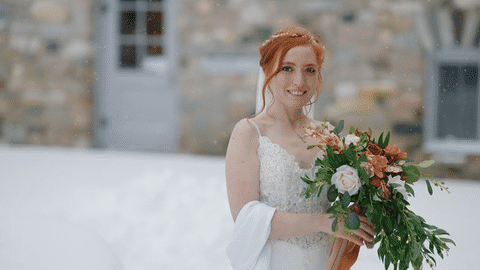
Winter is the perfect time to showcase your creativity and directing skills. Falling snowflakes on the bride’s eyelashes, the groom’s winter breath, finger writing on snowy surfaces – all of this can add sensuality to the footage and lend a winter atmosphere. These are the moments the couple will relish with delight when reviewing their winter wonderland wedding. Find new perspectives and change the shooting angle. In winter, this can also come in handy in terms of blocking some extra light.
7. Consider the sound
If you are planning to use the sound from your camera in a future wedding video, think about protecting your microphone. One idea is to cover it with a windproof cloth. This way you can shoot with nature sounds and shoot interviews outdoors.
8. Take care of your gear
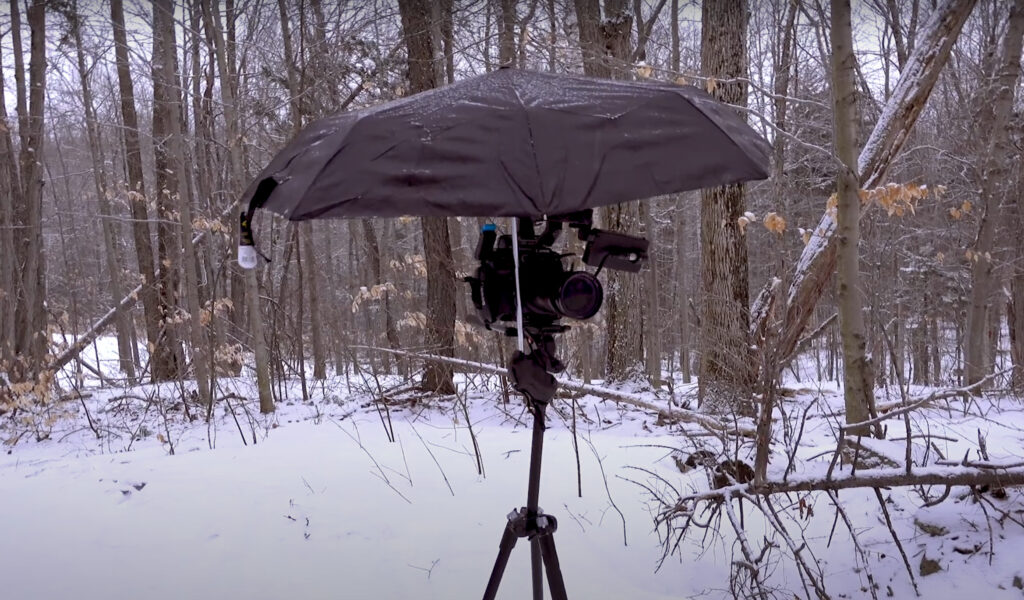
One of the main rules for successful winter shooting is to acclimatize your gear to the cold. It is inadvisable to take the camera out at the last minute. It needs to get used to the cold, so get it out in advance, at least 15-20 minutes before the shooting starts.
You should also have an extra battery, as batteries drain faster in the cold. Whether you are shooting in rainy weather or when it is snow, do not forget about a good waterproof bag for your shooting equipment and additional light sources.
Winter is the season when most videographers decide to put down their gear and wait for spring to arrive. As you can see, it’s completely unnecessary! This fabulous time of year can produce many stunning shots and be a great season for creativity. And with our tips, your winter shooting will become even more pleasant and convenient!



